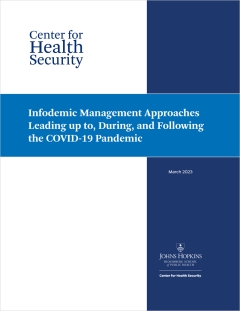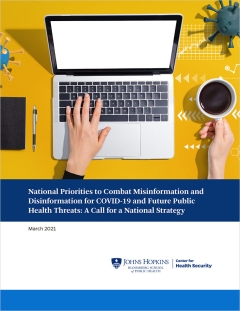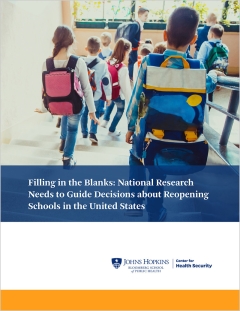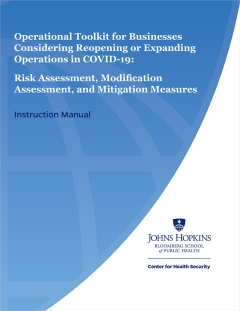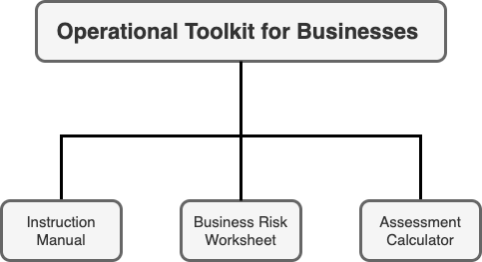The home healthcare worker is a unique, under-represented subgroup in healthcare research. Based on labor statistics, 87% are female and 39% lack affordable housing. Just over 50% receive some kind of public assistance and most do not have a college degree. Home healthcare workers are racially diverse and earn relatively low wages.1 This population has high levels of vaccine hesitancy, yet close interaction with potentially at-risk individuals.2, 3
A constellation of factors related to confidence, complacency, and convenience affect vaccine hesitancy.4 Innovative countermeasures that engage, educate, and empower diverse populations with varied beliefs, life circumstances, and means of engaging with media are needed.5 Personalized persuasion has proven to be effective means of motivating behavioral change,6 but requires a thorough understanding of sub-populations. Political discord and social divides heighten the need for highly tailored communications.7
We aimed to understand underlying motivations and/or behavioral inhibitions of the home healthcare population to support proactive public health outreach campaigns, and aid responses in future health crises. This study was conducted in accordance with Johns Hopkins University's Institutional Review Board.


